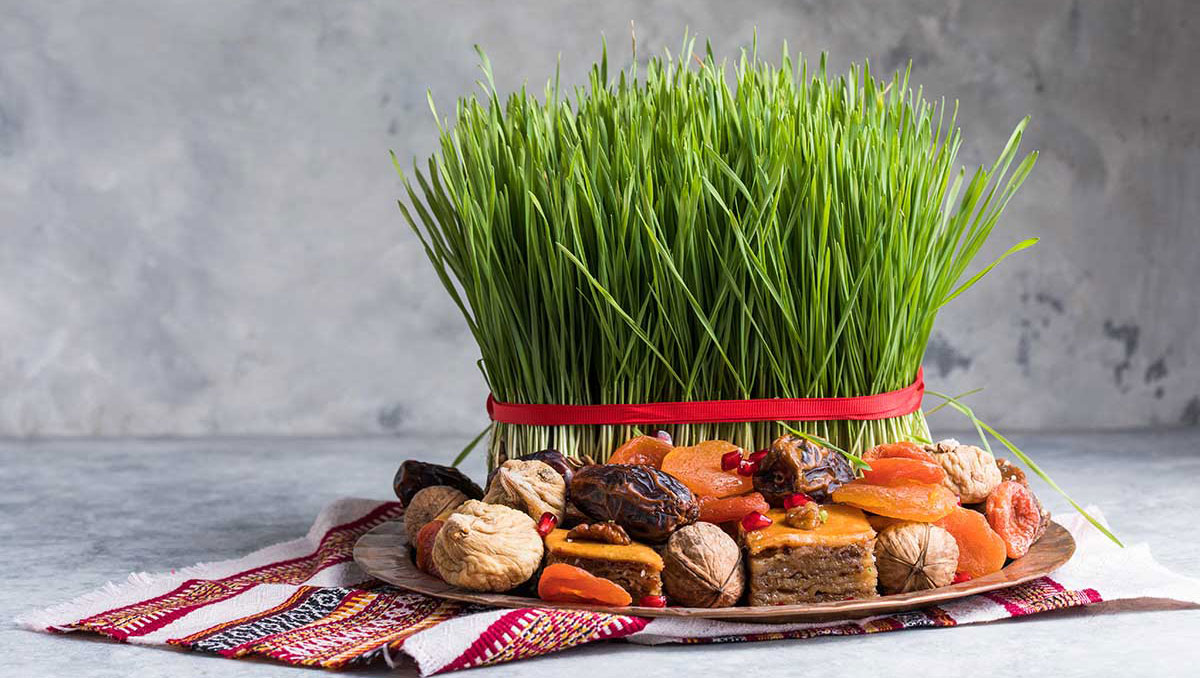Bringing Harmony Home: Matching Your Plants with Interior Design
In the realm of interior design, the inclusion of plants has evolved from a mere afterthought to a pivotal element. Plants not only inject life and vitality into space but also play a crucial role in harmonizing with the overall aesthetic. Whether you’re aiming for a minimalist sanctuary or a bohemian oasis, understanding how to match your plants with your interior design can elevate the ambiance of your home. Here’s a guide to help you seamlessly integrate nature’s beauty into your living space:
Assess Your Space:
Before diving into the world of greenery, take a moment to evaluate your interior design scheme. Consider the color palette, style, and overall ambiance you wish to achieve. Are you going for a modern, sleek look, or do you prefer a cozy, eclectic vibe? Understanding the essence of your space will guide you in selecting the perfect plants.
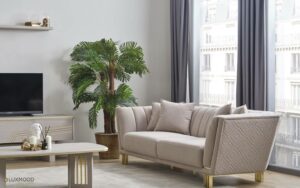
Match Plant Shapes and Sizes:
Just as you would select furniture and decor items, choose plants that complement the scale and proportions of your space. For instance, large, leafy plants like the fiddle leaf fig or monstera make a statement in spacious, well-lit areas, while smaller succulents or ferns thrive in compact corners or on shelves. Pay attention to the shape of the plant as well; tall, vertical plants can add height to a room, while bushy, sprawling varieties fill out empty spaces.
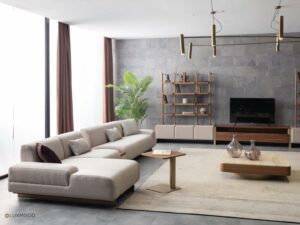
Consider Color and Texture:
Plants offer a spectrum of colors and textures that can accentuate or contrast with your interior design scheme. For a cohesive look, opt for plants with foliage that complements your existing color palette. Vibrant blooms can introduce pops of color, while variegated leaves add visual interest. Experiment with different textures, from smooth, glossy leaves to velvety or spiky foliage, to create depth and dimension within your space.
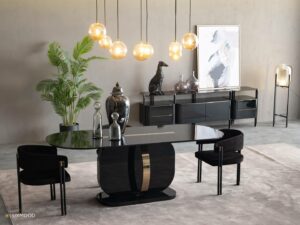
Embrace Contrast and Balance:
Don’t be afraid to play with contrasts to create visual intrigue. Pairing sleek, minimalist furniture with lush, tropical plants can add a refreshing balance to your interior design. Similarly, blending sculptural plants with soft textiles or organic materials fosters a harmonious blend of elements. Strike a balance between bold statements and subtle accents to maintain cohesion in your space.
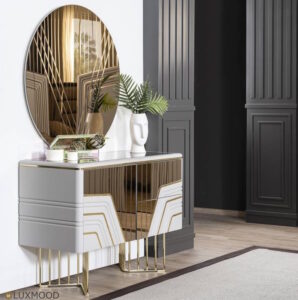
Consider Lighting Conditions:
Understanding the natural light levels in your home is crucial for selecting plants that will thrive. Some plants, such as succulents and cacti, thrive in bright, direct sunlight, while others, like ferns and snake plants, prefer indirect or low-light conditions. Place light-loving plants near windows or in sunny spots, and reserve shade-tolerant varieties for dimly lit areas or north-facing rooms.
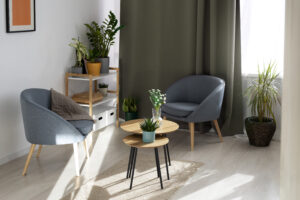
Incorporate Planters and Containers:
Planters and containers serve as decorative accents that can enhance the overall aesthetic of your space. Choose vessels that complement your interior design style, whether it’s sleek ceramic pots for a modern look or bohemian-inspired baskets for a cozy feel. Consider the color, material, and shape of the container to ensure harmony with your plants and decor.
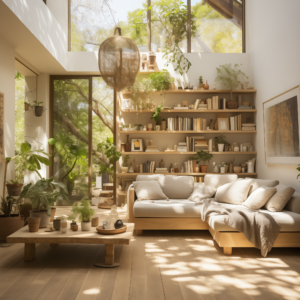
Create Focal Points:
Strategically placing plants as focal points can draw the eye and anchor the design of a room. Whether it’s a statement-making tree in a corner or a cascading vine trailing down a bookshelf, incorporating focal plants adds visual interest and personality to your space. Experiment with different arrangements and heights to find the perfect balance.

Incorporating plants into your interior design is a transformative journey that celebrates the beauty of nature within the confines of your home. By considering factors such as space, scale, color, and lighting, you can curate a harmonious environment that reflects your personal style and enhances your well-being. So, let your creativity flourish as you embark on this botanical adventure, and watch as your home blossoms into a sanctuary of serenity and style.




